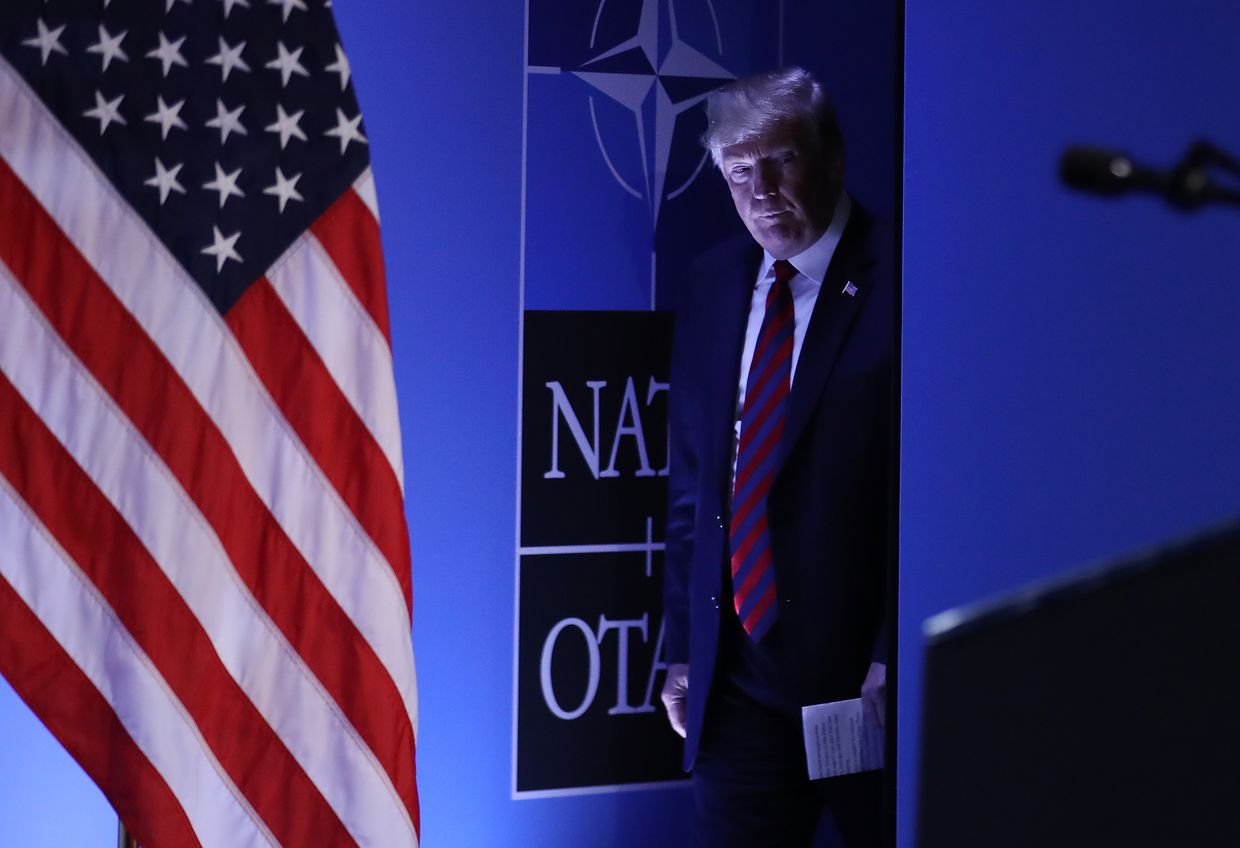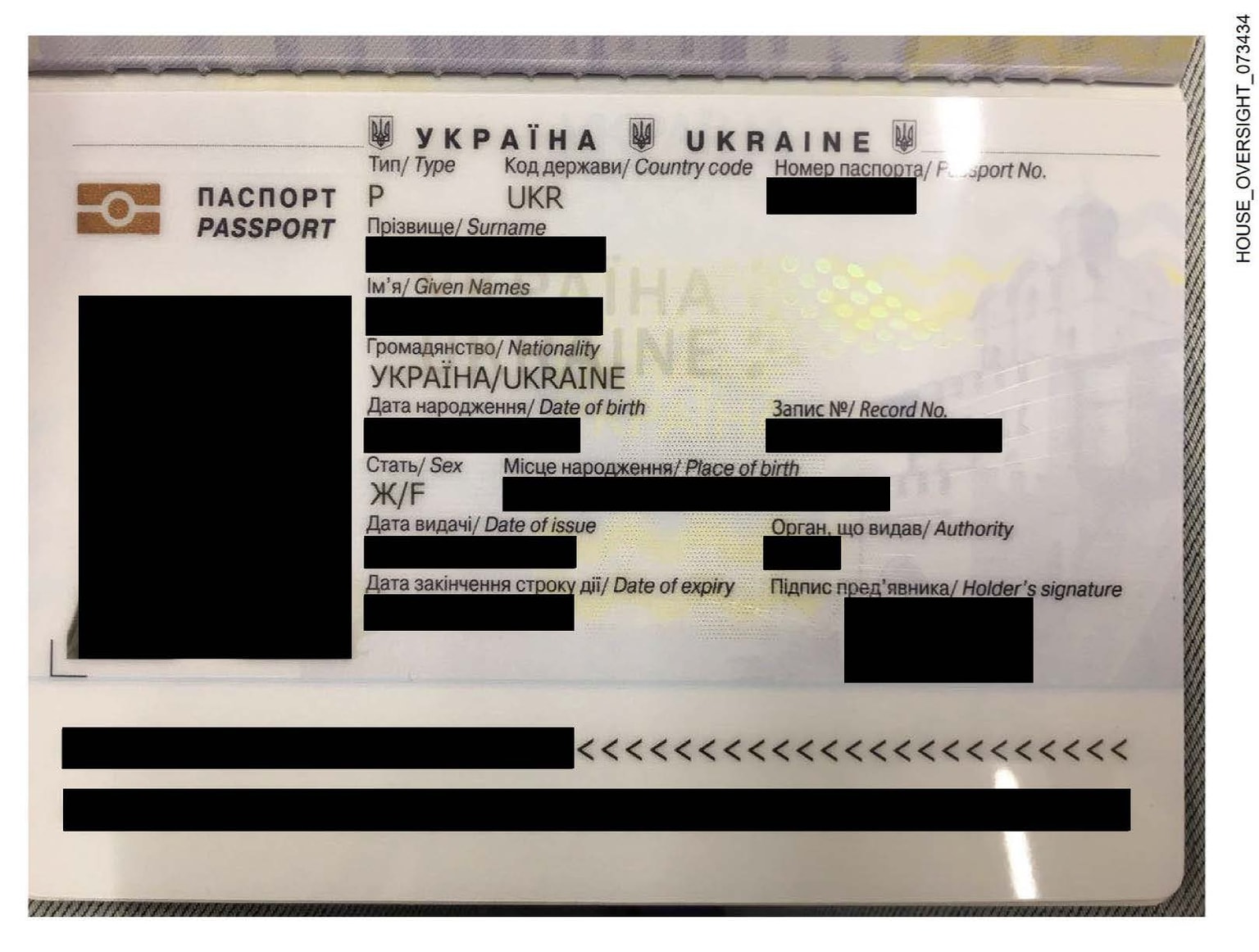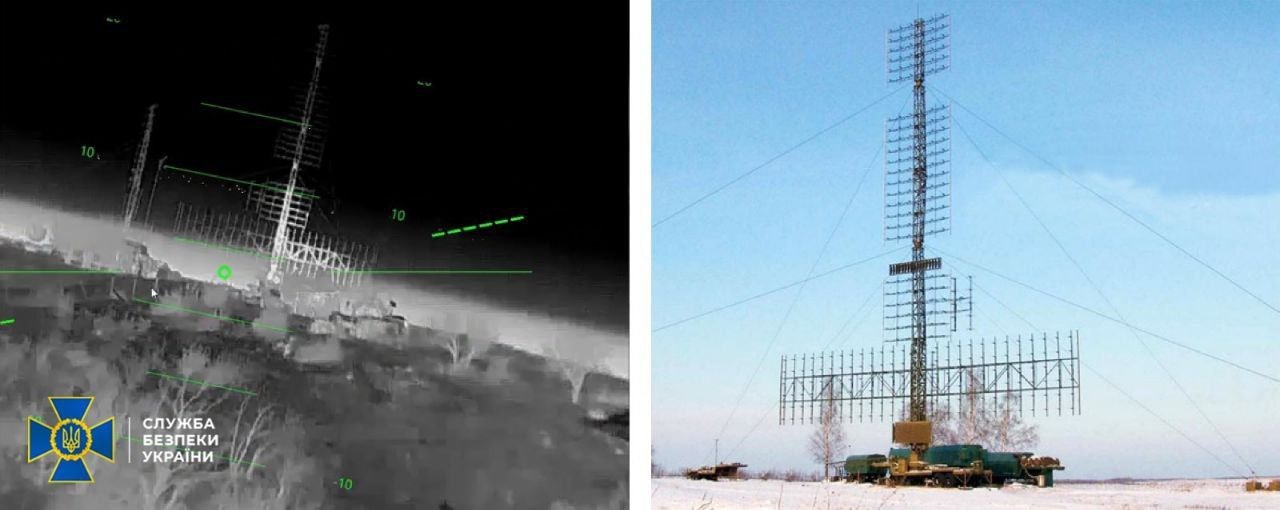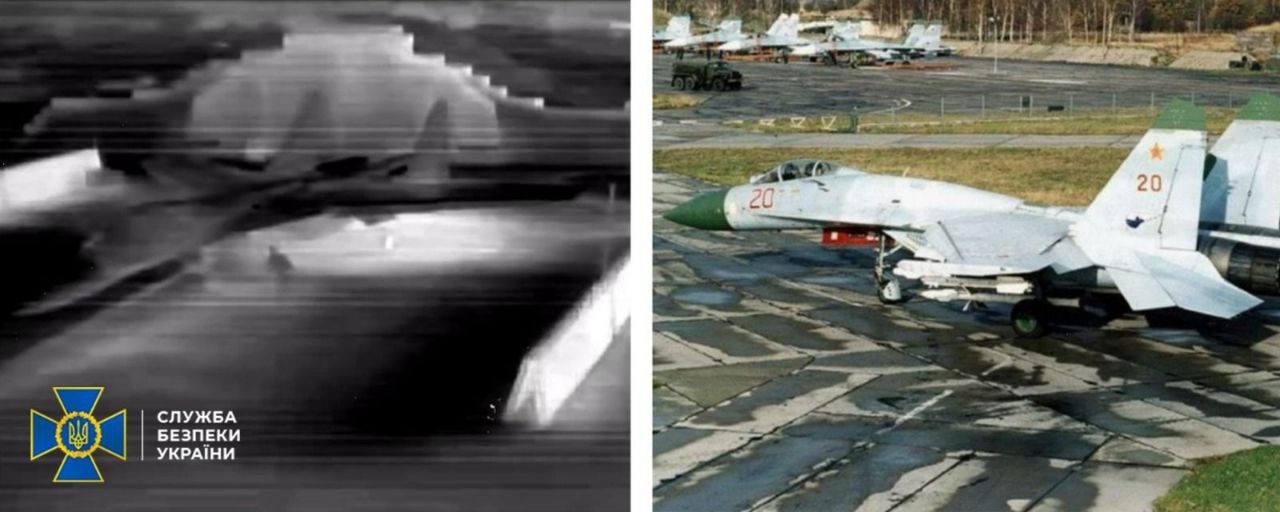Raise defense spending or start learning Russian, NATO chief tells Europe

NATO should raise its current 2% of GDP defense spending goal, or the allies can begin taking "Russian language courses or move to New Zealand," Secretary General Mark Rutte jokingly told the European Parliament on Jan. 13.
Voices calling for higher defense spending across NATO grew louder after Russia launched its full-scale invasion of Ukraine in 2022.
"Everything I'm seeing at this moment is not nearly enough, and if we don't do it (raise the spending targets) we are safe now but not in four or five years. So if you don't do it, get out your Russian language courses or go to New Zealand," Rutte said.
"Or decide now to spend more, and that's exactly the debate we have to finalize over the next three or four months, to stay safe in this part of the world."
The secretary general did not specify a new target number during his address.
On Dec. 12, the Financial Times reported that European NATO foreign ministers began discussing a plan to gradually increase the alliance’s defense spending target from 2% of their GDP to 3% by 2030.
According to the outlet's sources, the alliance’s members would first increase their spending to 2.5% of GDP before reaching 3% by the start of the next decade.
Incoming U.S. President Donald Trump called for an even more radical increase, up to 5% of GDP.
Trump has criticized NATO member states that do not meet the current 2% of GDP spending target. Several NATO allies, including Italy, Canada, and Spain, do not meet the current target, though the number of allies that do rose to 24 in 2024.
According to NATO estimates, Poland spent the greatest portion of its GDP on defense (4.12%) in 2024, followed by Estonia (3.43%) and the U.S. (3.38%). In the face of Russia's war, Ukraine has drastically increased defense spending. Kyiv will spend 26% of its GDP on defense spending in 2025.













